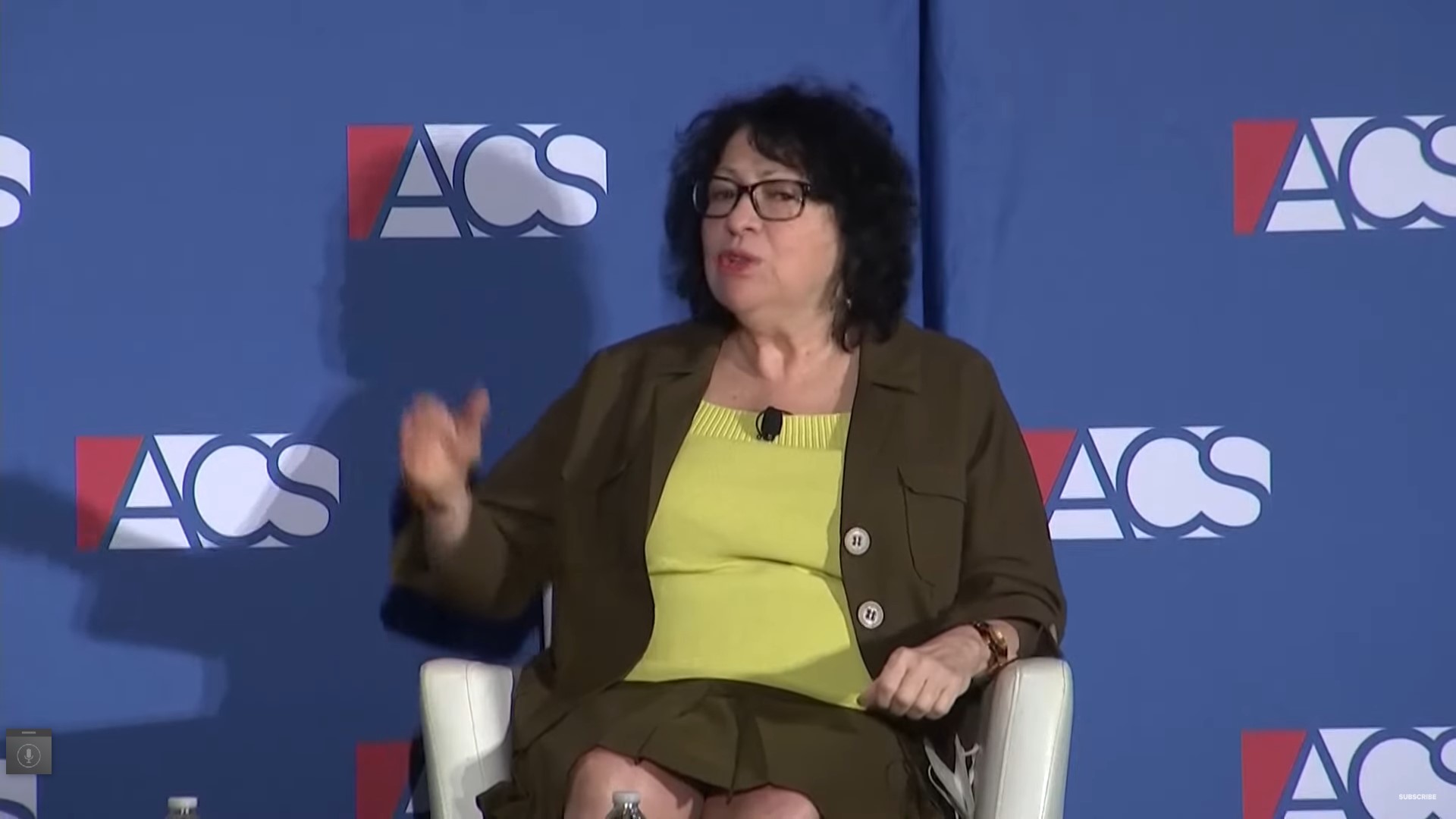In a fiery dissent published on Tuesday, Supreme Court Justice Sonia Sotomayor charged that the court’s conservative members were attempting to “dismantle the wall of separation between church and state.”
In the Carson v. Makin case, the Supreme Court issued a 6-3 decision, with the majority stating that the government could not forbid its people from using taxpayer-funded tuition assistance for private religious instruction.
“U.S. Supreme Court just ruled in a 6-3 decision that preventing school choice families from taking their children’s taxpayer-funded education dollars to religious private schools violated the Free Exercise Clause of the 1st Amendment,” said school choice advocate Corey DeAngelis in a tweet announcing the decision.
“This Court continues to dismantle the wall of separation between church and state that the Framers fought to build,” Sotomayor wrote in her dissent. “In just a few years, the Court has upended constitutional doctrine. shifting from a rule that permits States to decline to fund religious organizations to one that requires States in many circumstances to subsidize religious indoctrination with taxpayer dollars.”
It’s clear that one of the Supreme Court Justices of the United States doesn’t even understand what the meaning of the separation of church and state really means.
In order to understand what was meant in the beginning by a separation of church and state we should understand the context in which it was written. Those who came here to America to establish a more perfect union did not want all into the traps that were present in England.
The idea behind the separation of church and state is not to suggest that you can’t talk about things that are religious within a government with contacts nor can you talk about government-related things within a religious context. To suggest either of those things would be to completely miss the point.
The first thing to know is that the separation of church and state is not something that is in the Constitution. It was a term that was coined by Thomas Jefferson afterwards.
The Congressional Record (required by the Constitution in Art. i, Sec. 5, ¶ 3) contains all the official words and acts that occur in congressional chambers. Those records therefore include the discussion of the ninety Founders in the first federal Congress who, from June 8 to September 25, 1789, framed the First Amendment.22 In those lengthy discussions that spanned months, the Founders repeatedly explained that they were seeking to prevent what they had experienced under Great Britain: the legal establishment by the national government of a single religious denomination in exclusion of all others (whether Catholic, Anglican, or any other). Very simply, their oft-repeated intent was that Congress could not officially establish any one denomination in America; or, in the wording proposed by James Madison, “nor shall any national religion be established.”
(Significantly, the word “religion” in the Founders’ First Amendment discussions was often used interchangeably with the word “denomination.” For example, the original version of the First Amendment introduced in the Senate on September 3, 1789, stated, “Congress shall not make any law establishing any religious denomination.” The second version stated, “Congress shall make no law establishing any particular denomination.” The third version was very similar, declaring, “Congress shall make no law establishing any particular denomination in preference to another.” The final version passed on that day declared, “Congress shall make no law establishing religion or prohibiting the free exercise thereof.” Clearly, the word “religion” had been used interchangeably with “denomination” throughout their discussions, and this is why the First Amendment prohibited the national government from establishing any single “religion,” or denomination.)


Leave a Comment